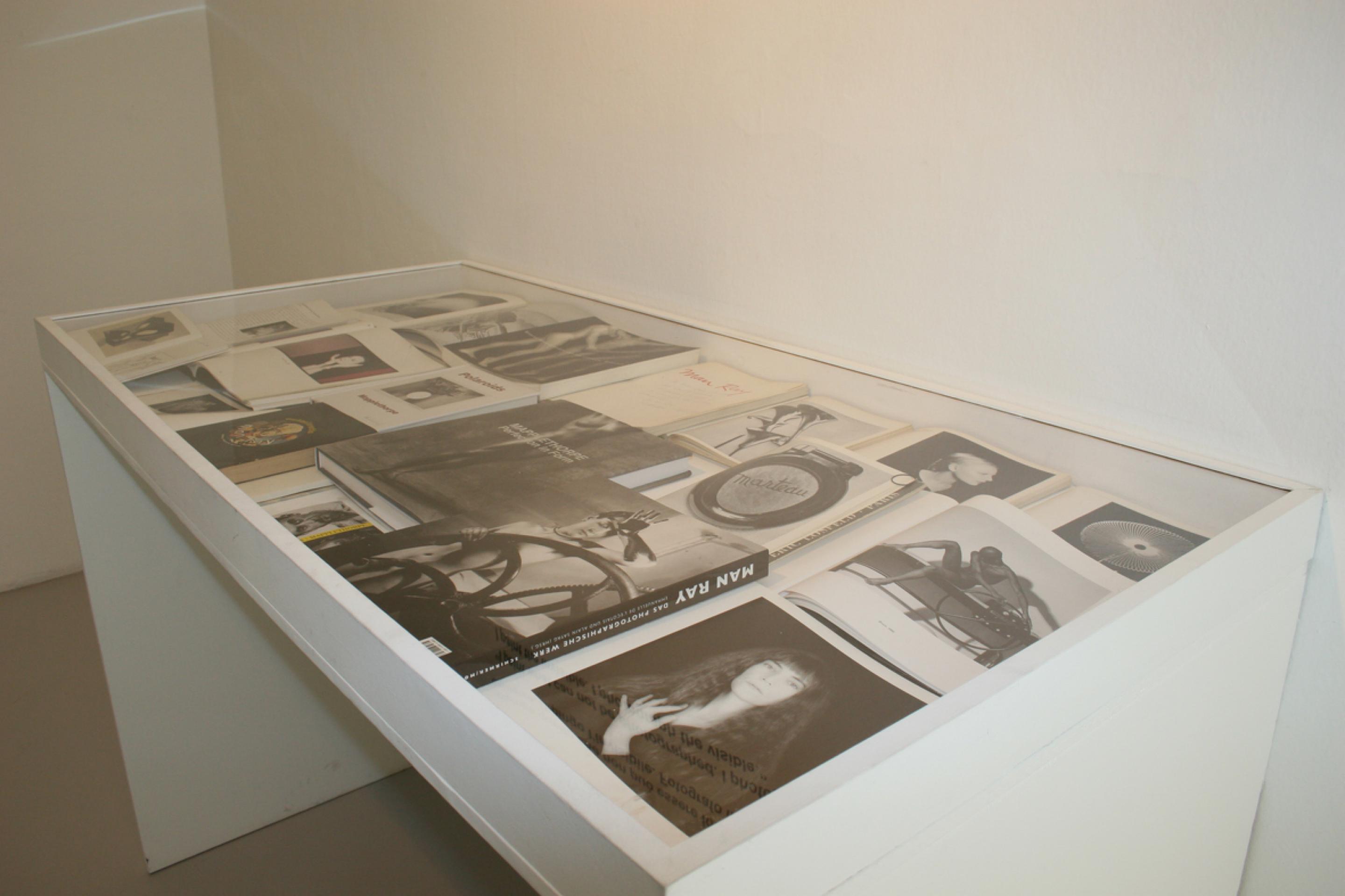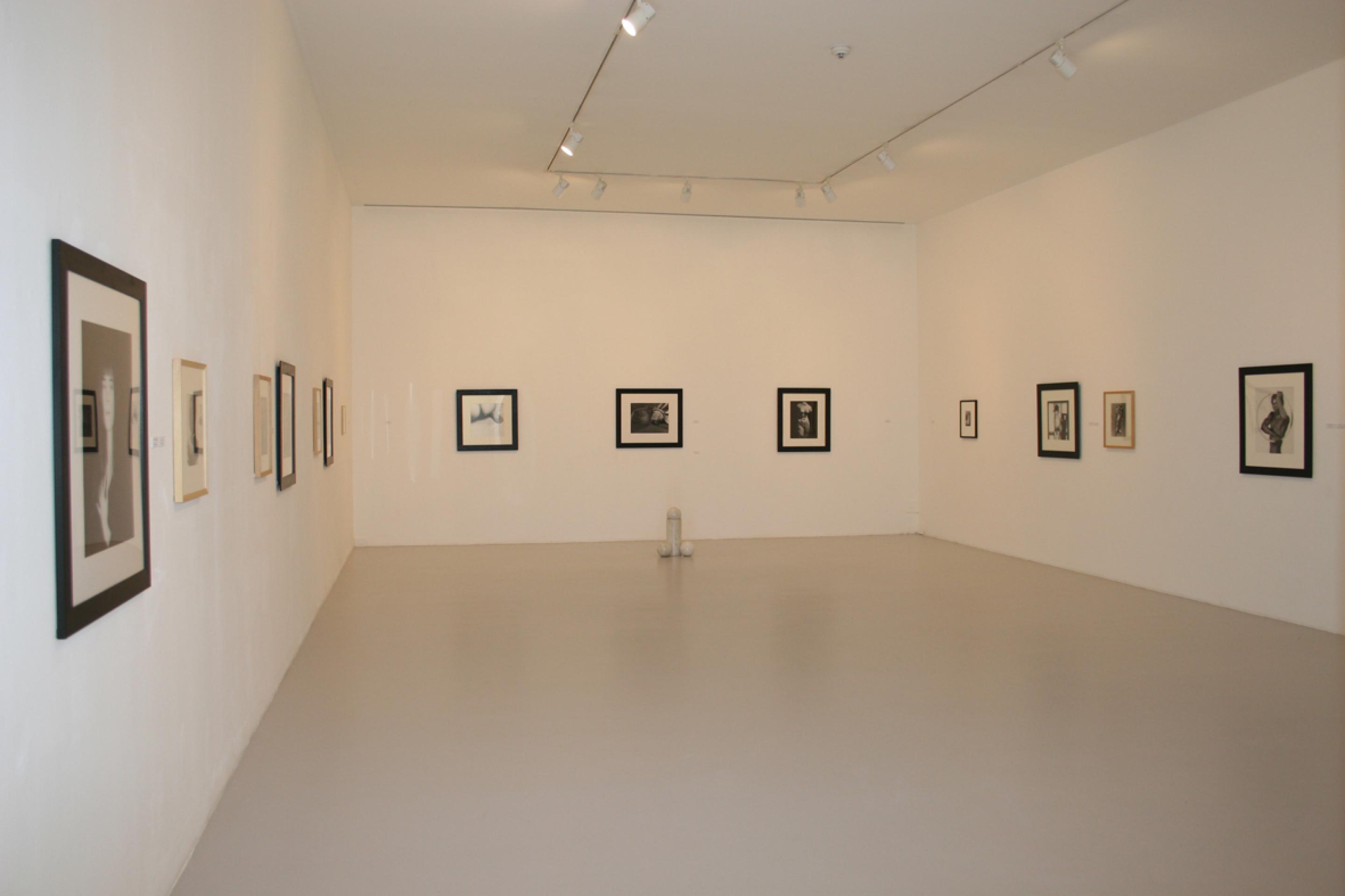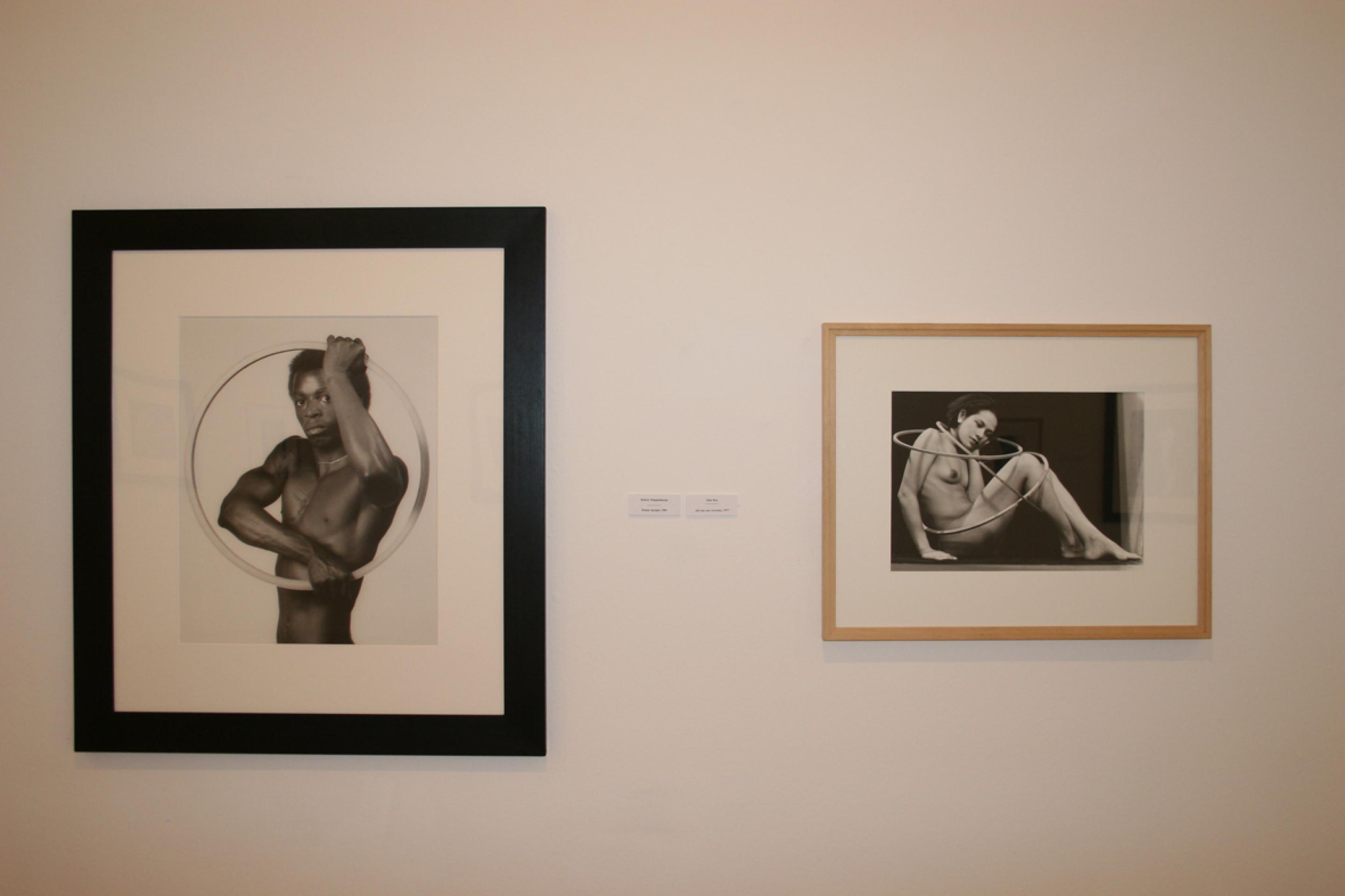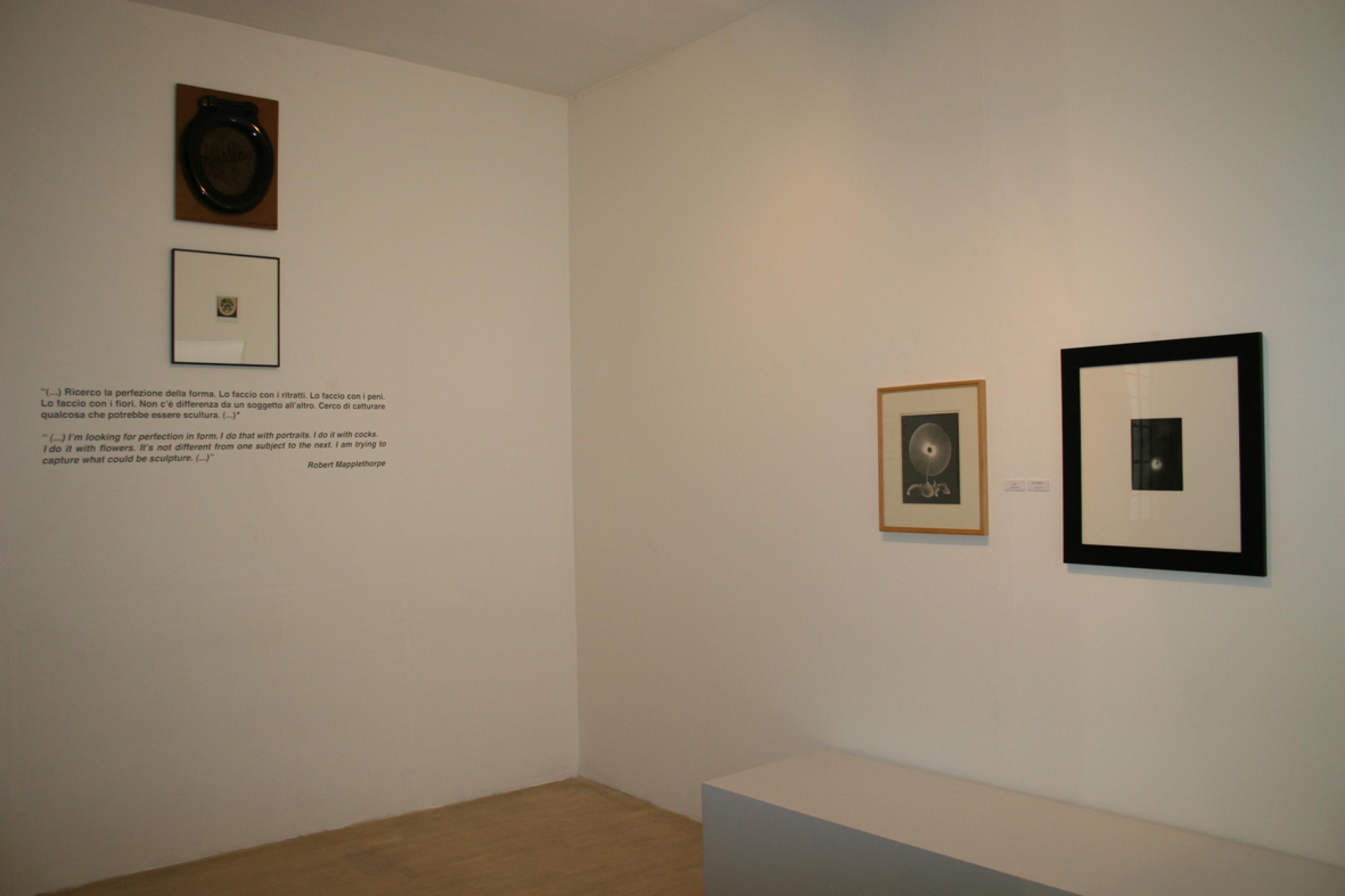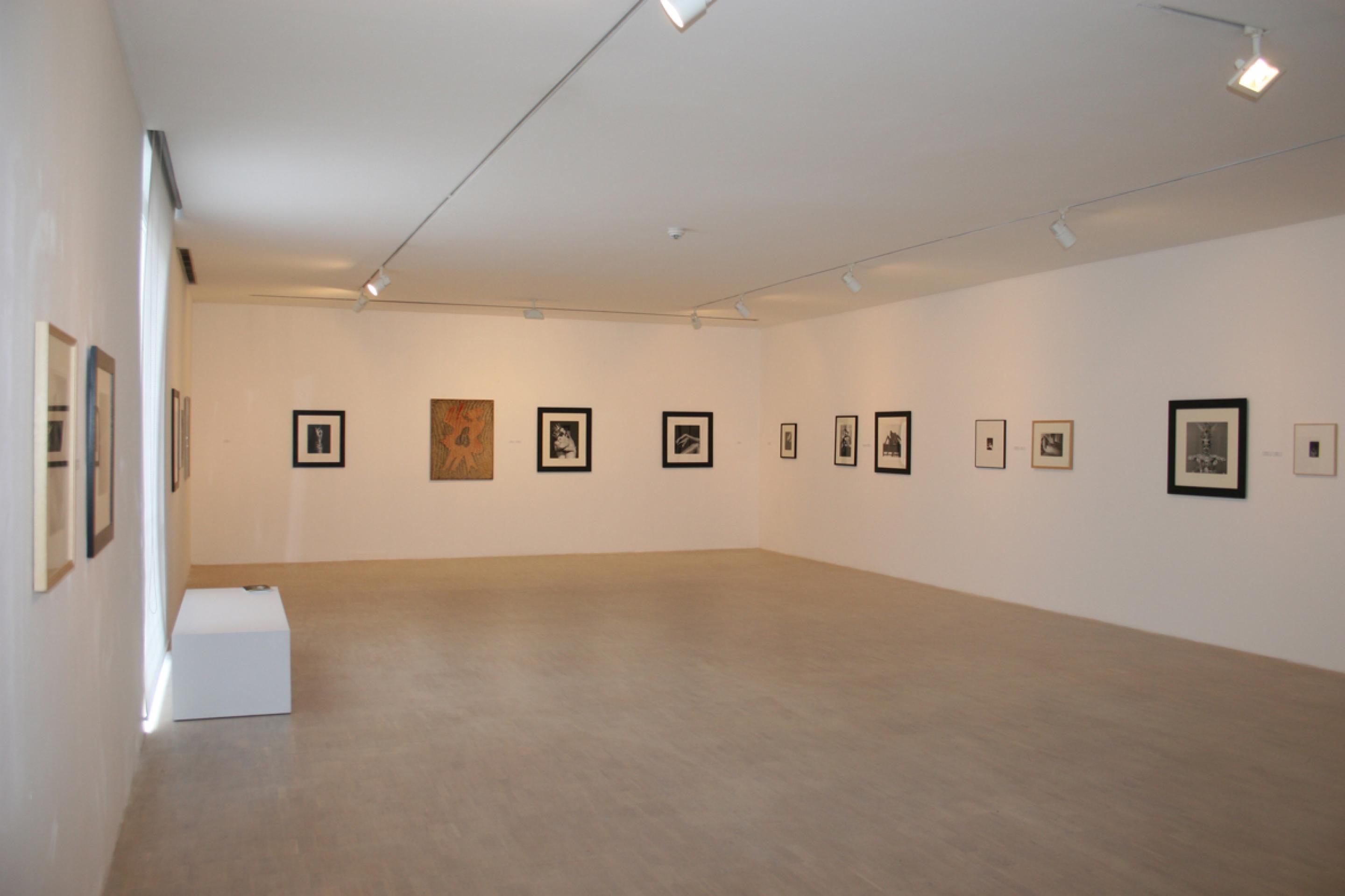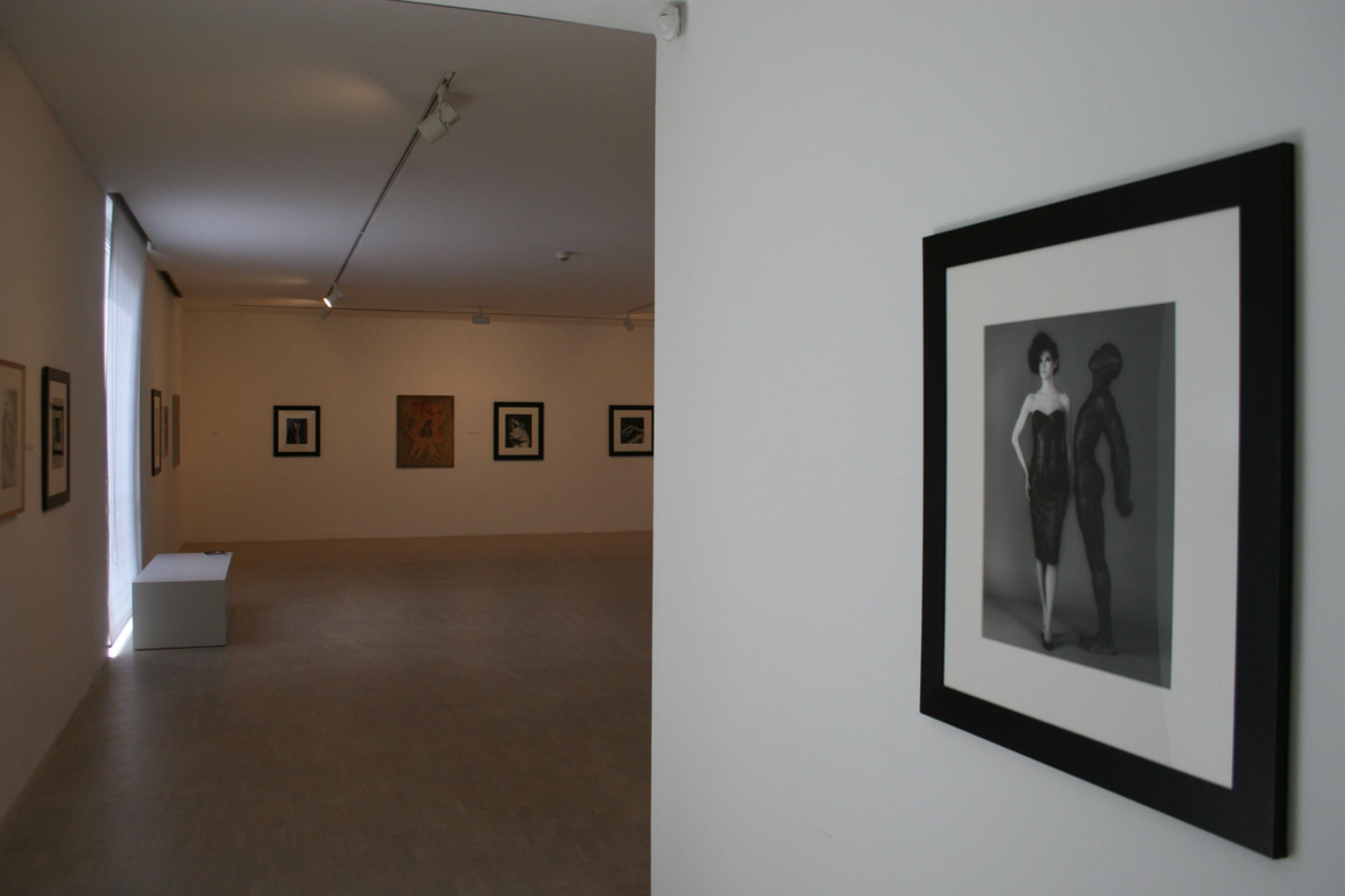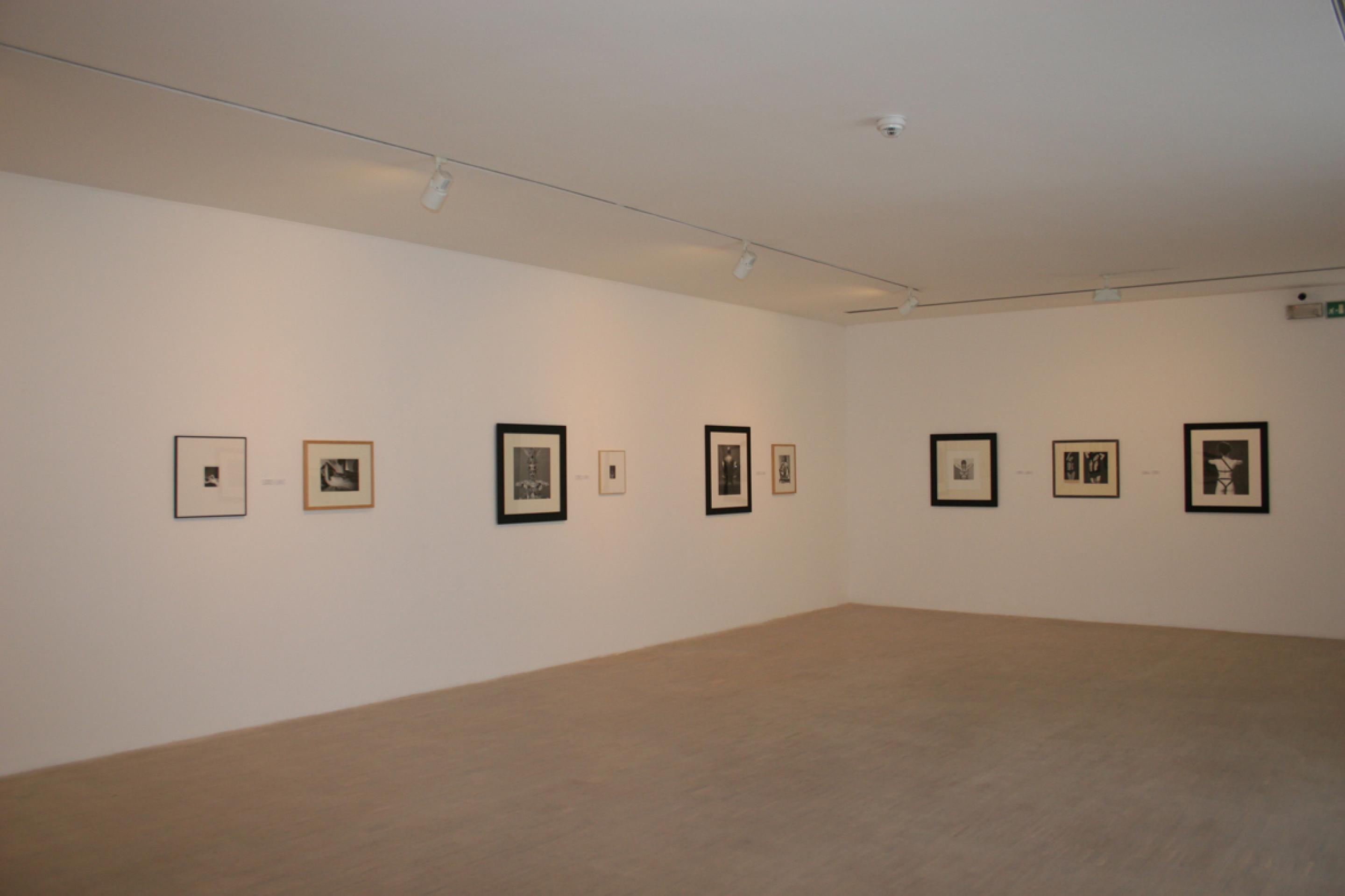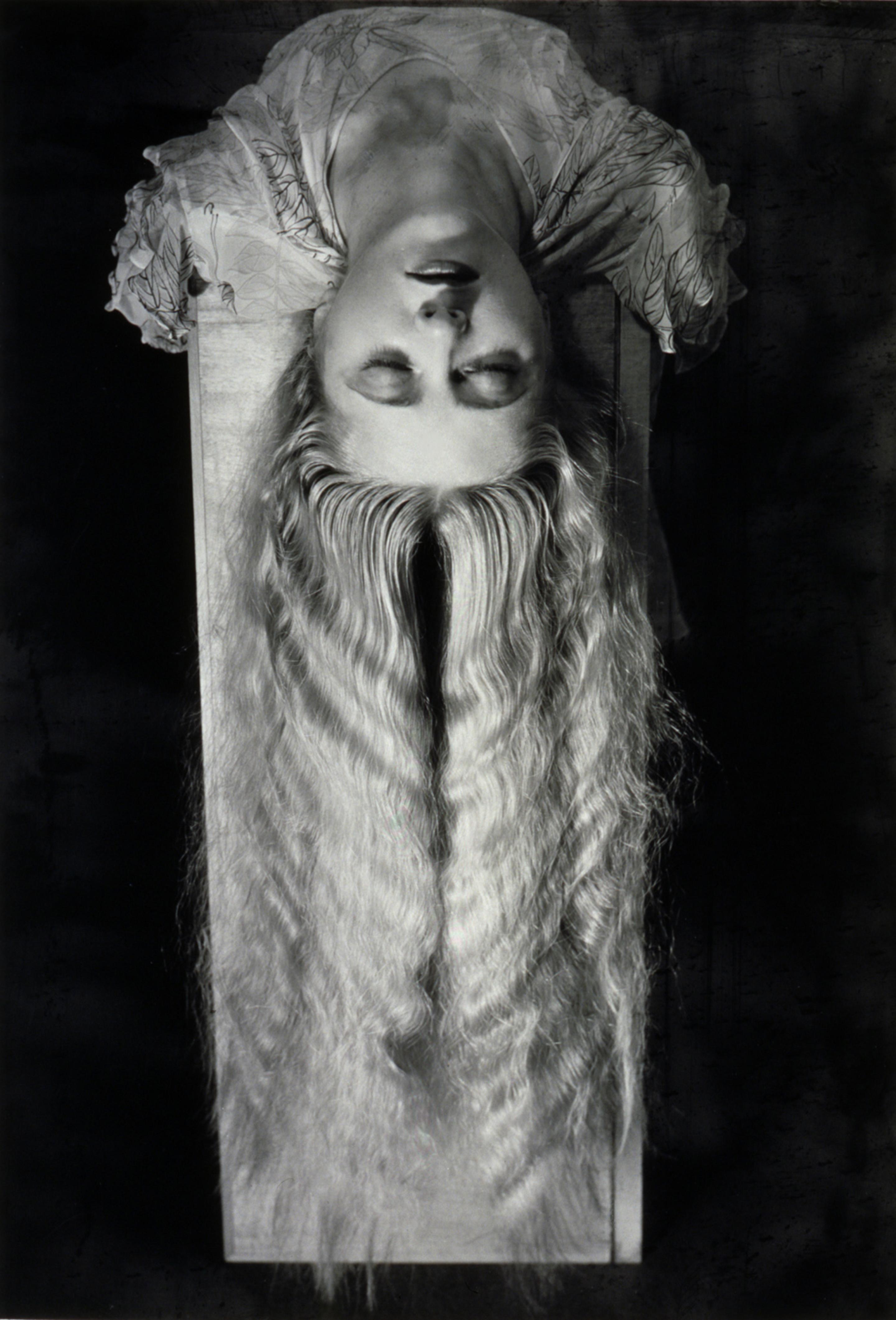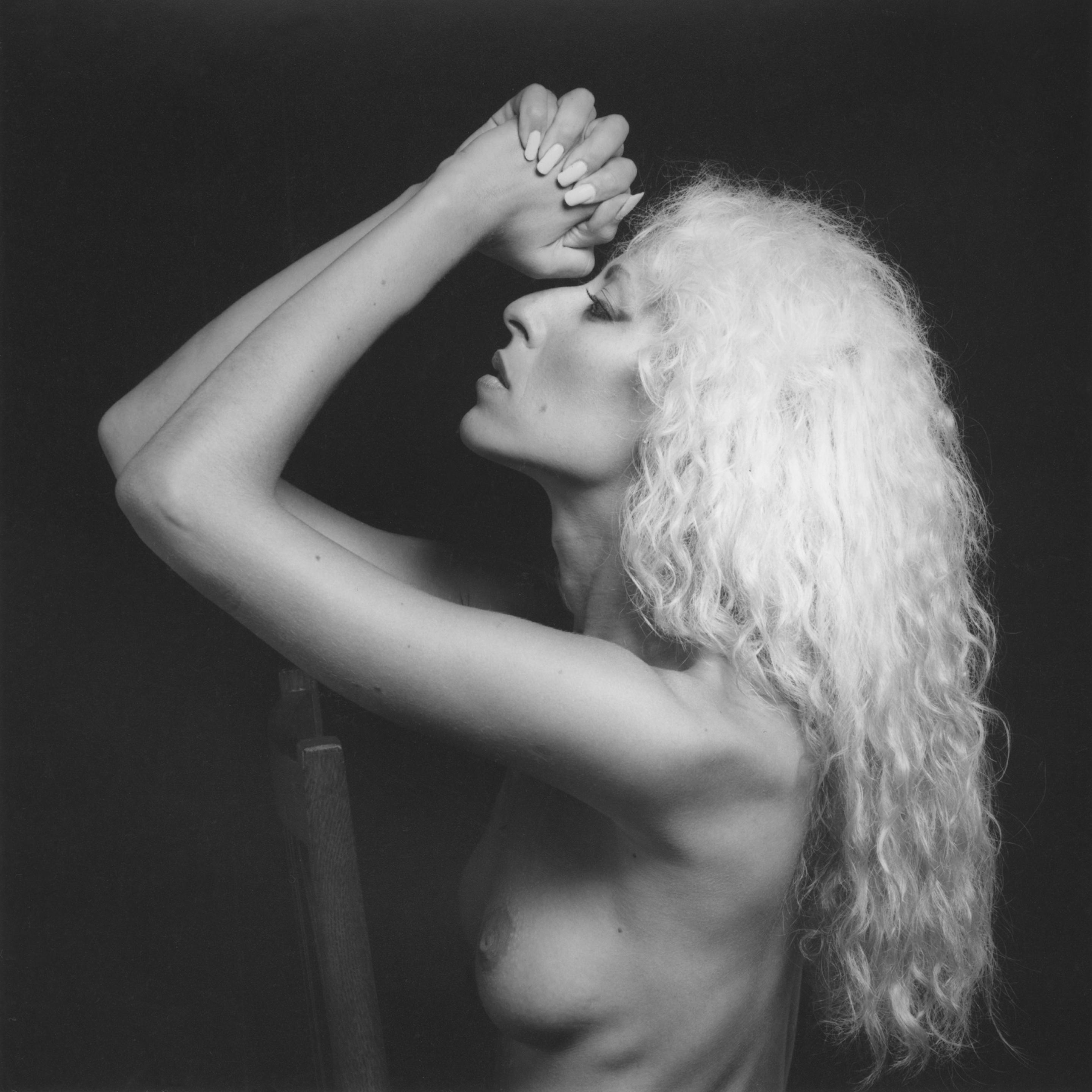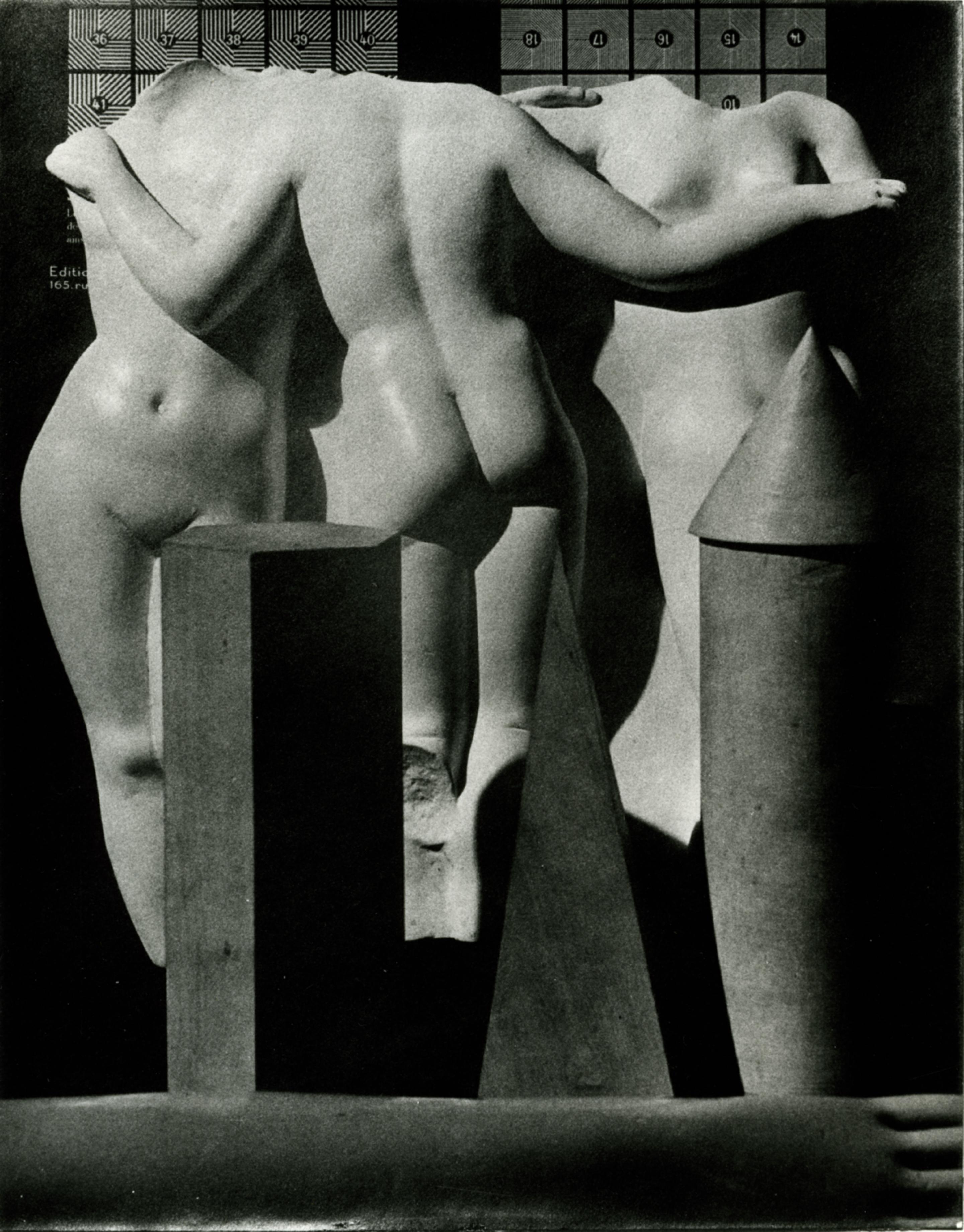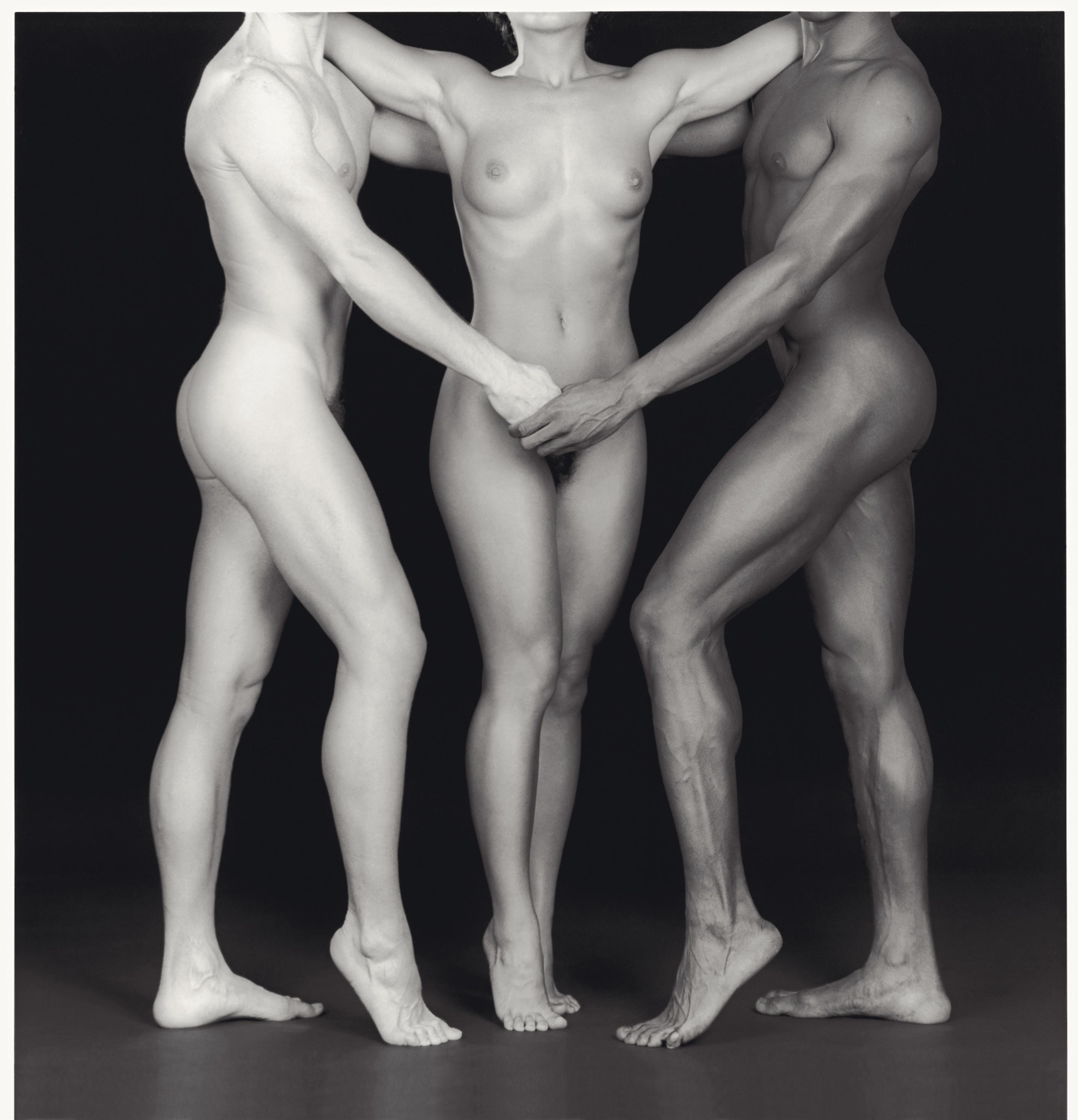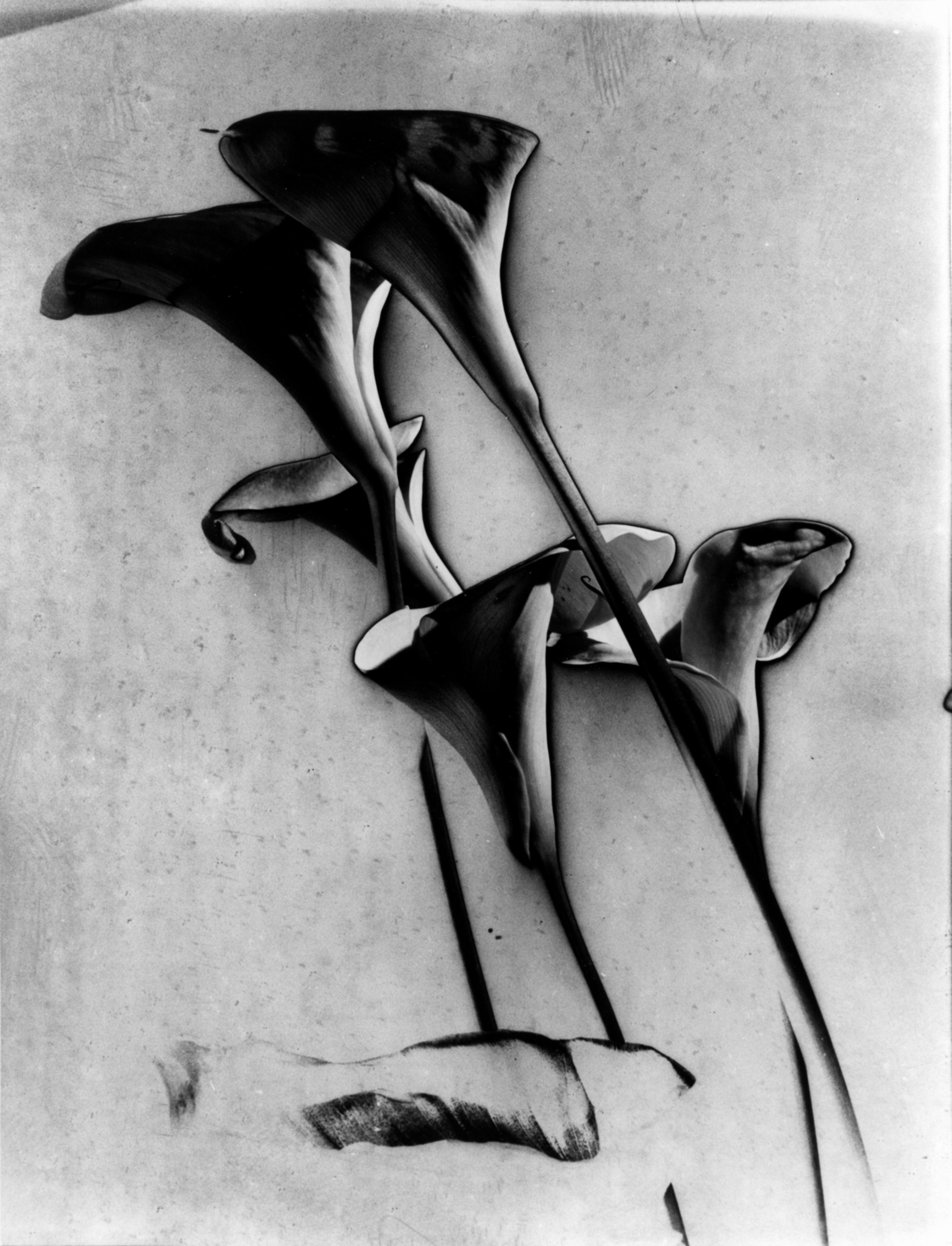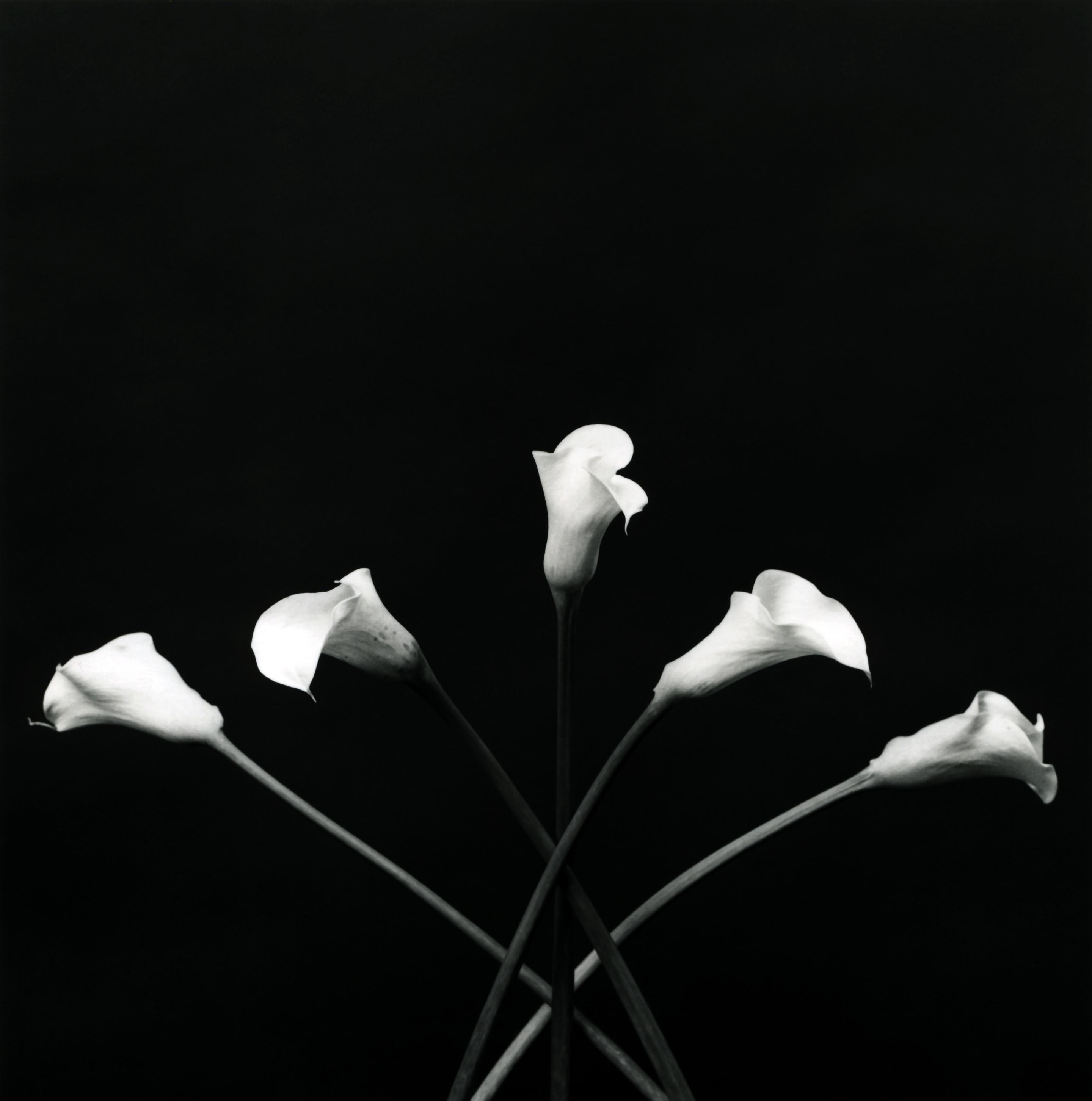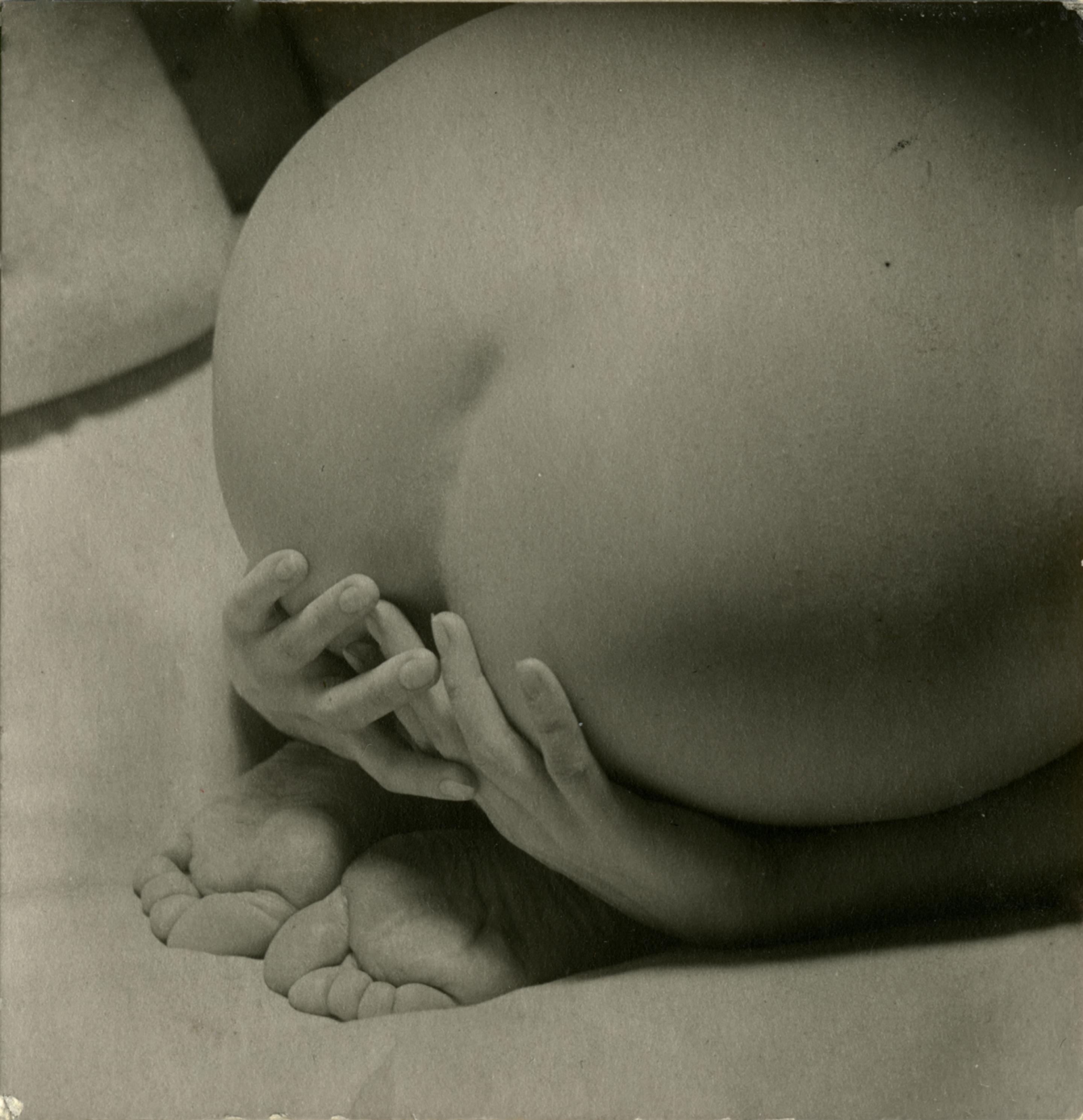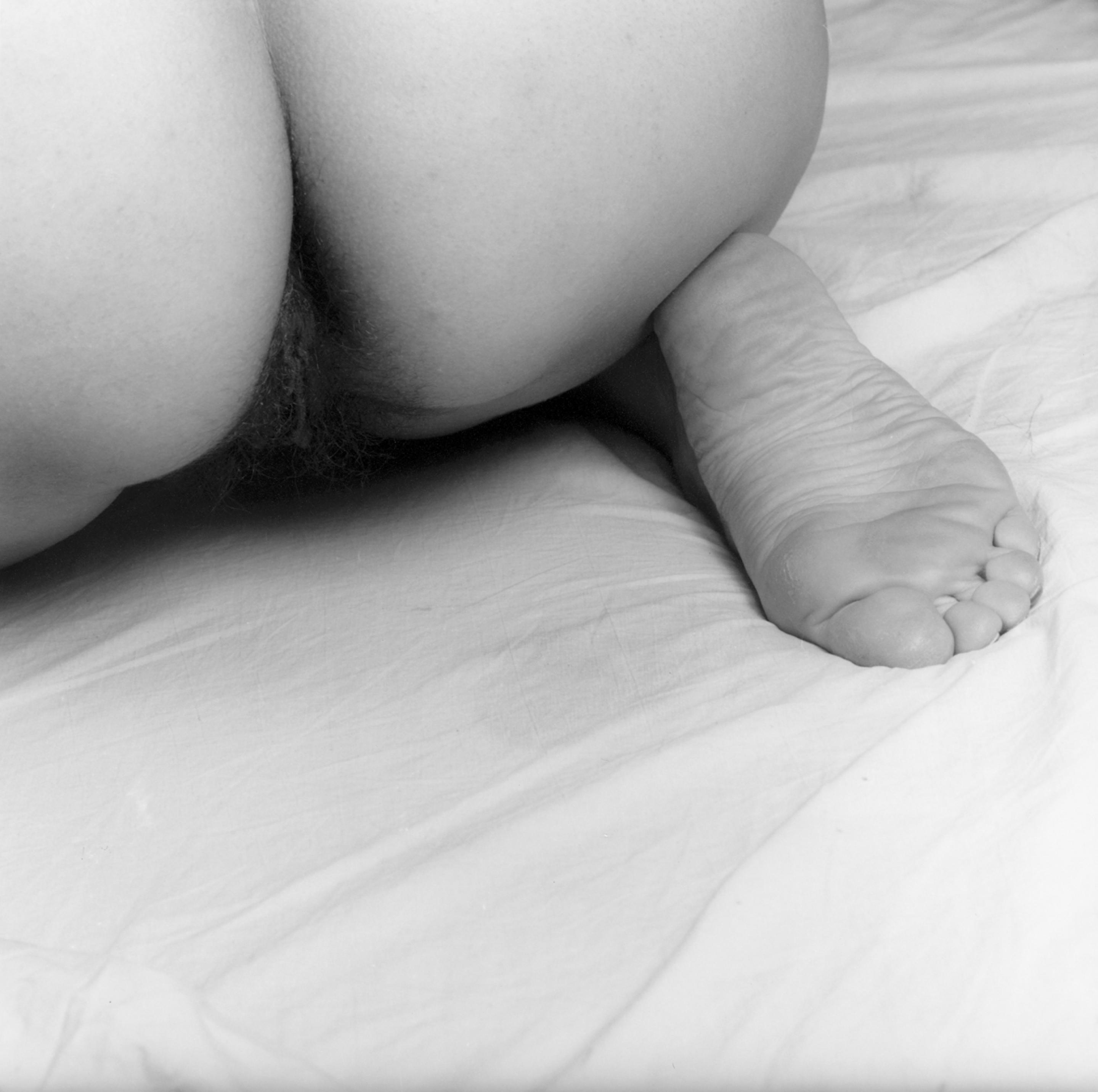ManRAY, RobertMAPPLETHORPE
Man Ray - Robert Mapplethorpe
03.2010–05.2010
Man Ray - Robert Mapplethorpe
03.2010–05.2010
Press Release
Man Ray - Robert Mapplethorpe
Opening: March 23, 2010
March 24 – May 22, 2010
Opening: March 23, 2010
March 24 – May 22, 2010
The Marconi Foundation is pleased to present the exhibition entitled Man Ray-Mapplethorpe, realised in tandem with the exhibition Robert Mapplethorpe. The Perfection of Form (running March 12 to June 13, 2010), organised by the Museo d'Arte in Lugano (Switzerland) and the Galleria dell'Accademia in Florence and curated by Bruno Corà, Franca Falletti and Jonathan Nelson, in collaboration with the Robert Mapplethorpe Foundation in New York.
Man Ray-Mapplethorpe offers an opportunity to discover analogies and divergences between the works and the distinct "points of view" of these two multifaceted American artists.
Although of different generations, they share a masterly ability to fathom and reveal the inner form and beauty of their chosen subjects, be they flowers, assorted objects, or male and female nudes.
In Paris in 1920, Man Ray began working as a photographer for the art world and in time became a contributor to "Harper's Bazaar", "Vogue", "Vu", and "Vanity Fair", among others.
Known principally for his portraits, Man Ray was already recognised as an artist of photography thanks to his rayographs and solarisation techniques.
His assistant Lucien Treillard said at the time: "Man Ray a photographer? No, he used photography just as he did other means of expression, like gouache, or oil painting. He created works of art using the photographic medium. Man Ray can rightly claim the title of artist. Of course, he has also done shoots for fashion and the occasional contract work, but thanks to him those photographs often became works of art."
Man Ray-Mapplethorpe offers an opportunity to discover analogies and divergences between the works and the distinct "points of view" of these two multifaceted American artists.
Although of different generations, they share a masterly ability to fathom and reveal the inner form and beauty of their chosen subjects, be they flowers, assorted objects, or male and female nudes.
In Paris in 1920, Man Ray began working as a photographer for the art world and in time became a contributor to "Harper's Bazaar", "Vogue", "Vu", and "Vanity Fair", among others.
Known principally for his portraits, Man Ray was already recognised as an artist of photography thanks to his rayographs and solarisation techniques.
His assistant Lucien Treillard said at the time: "Man Ray a photographer? No, he used photography just as he did other means of expression, like gouache, or oil painting. He created works of art using the photographic medium. Man Ray can rightly claim the title of artist. Of course, he has also done shoots for fashion and the occasional contract work, but thanks to him those photographs often became works of art."
Like his predecessor, during his brief career Mapplethorpe first explored the medium of painting before embracing photography, through which he probed and exalted the beauty and sensuality of form.
His photographs achieve a reciprocal balance between black and white, angular and smooth lines, classical and contemporary.
In an interview with Janet Kardon in 1988, Mapplethorpe admitted that, although someone browsing through some of his works might well discern resemblances with those of other photographers, he hoped nonetheless these influences would not seem too strong.
Actually Mapplethorpe drew inspiration from many modern and contemporary artists, notably Man Ray, whom he considered one of the most significant photographers that had ever existed.
For this occasion, on the first and second floors of the Marconi Foundation a series of photographs, paintings, and objects created by Man Ray from the early Twenties to the early Seventies will be on display, together with works by Robert Mapplethorpe dating from 1975 to 1986.
Among these is one of numerous portraits taken in the Eighties of the artist's muse and collaborator, the body builder Lisa Lyon, set alongside Man Ray's Woman in Bondage (1928/29); Mapplethorpe's iconic Calla Lily series (1983) and those made by Man Ray in 1931 using the technique of solarisation; the nude composition Ken, Lydia, Tyler (1985) set alongside Man Ray's assemblage of objects, Target (1933), which juxtaposes classical art with geometrical figures; the portrait of Jennifer Jakobson from 1981, compared with Man Ray's Chevelure of 1929.
The exhibition will be accompanied by a bilingual catalogue (Italian/English), with texts by Bruno Corà, published by Fondazione Marconi - De Lettera.
His photographs achieve a reciprocal balance between black and white, angular and smooth lines, classical and contemporary.
In an interview with Janet Kardon in 1988, Mapplethorpe admitted that, although someone browsing through some of his works might well discern resemblances with those of other photographers, he hoped nonetheless these influences would not seem too strong.
Actually Mapplethorpe drew inspiration from many modern and contemporary artists, notably Man Ray, whom he considered one of the most significant photographers that had ever existed.
For this occasion, on the first and second floors of the Marconi Foundation a series of photographs, paintings, and objects created by Man Ray from the early Twenties to the early Seventies will be on display, together with works by Robert Mapplethorpe dating from 1975 to 1986.
Among these is one of numerous portraits taken in the Eighties of the artist's muse and collaborator, the body builder Lisa Lyon, set alongside Man Ray's Woman in Bondage (1928/29); Mapplethorpe's iconic Calla Lily series (1983) and those made by Man Ray in 1931 using the technique of solarisation; the nude composition Ken, Lydia, Tyler (1985) set alongside Man Ray's assemblage of objects, Target (1933), which juxtaposes classical art with geometrical figures; the portrait of Jennifer Jakobson from 1981, compared with Man Ray's Chevelure of 1929.
The exhibition will be accompanied by a bilingual catalogue (Italian/English), with texts by Bruno Corà, published by Fondazione Marconi - De Lettera.
